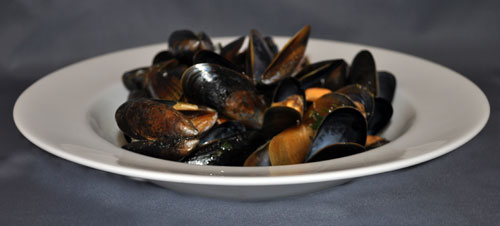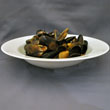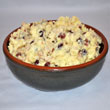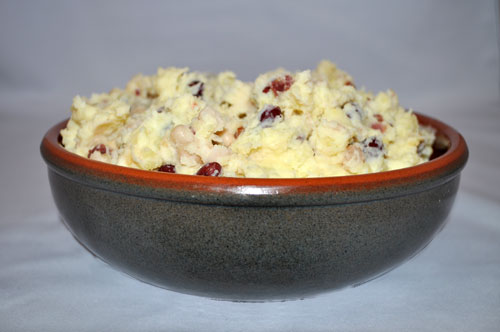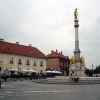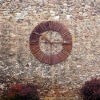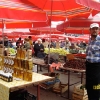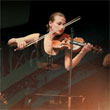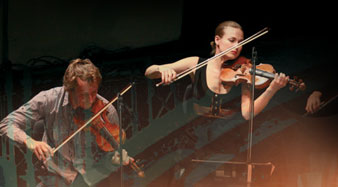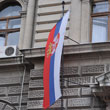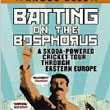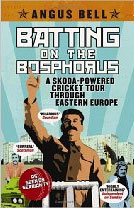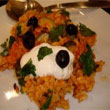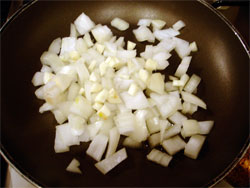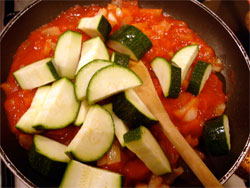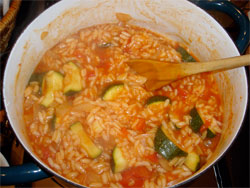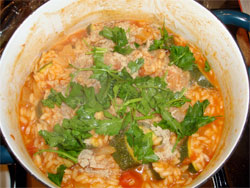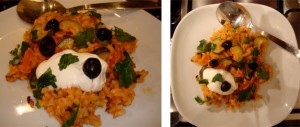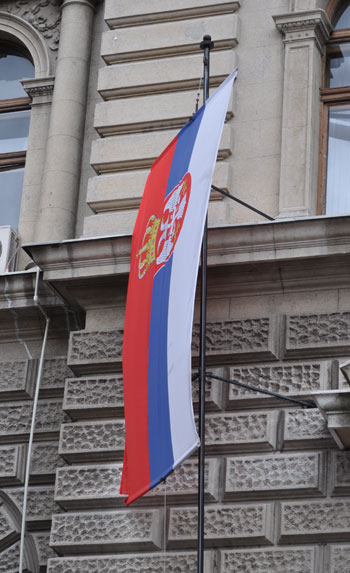 Searching for a cheap city break this year proved somewhat elusive, even in Eastern Europe. However, on in-depth investigation a three-night/four-day break in Belgrade still seemed to be offering a veritable bargain with direct flights and hotel accommodation costing just £500 for two people. So a few weeks ago, I boarded a plane from Heathrow Terminal 5 and set off to explore yet another Balkan country. Belgrade is a great city, with tons of cultural and gastronomic offerings. Yet, it is actually quite small in comparison to cities such as St Petersburg, even London. This means that you can easily walk around it without needing to pay for transport. Not that transport costs much – the bus from the airport charges just 80 dinar for a ticket into the city centre (that’s less than £1!)
Searching for a cheap city break this year proved somewhat elusive, even in Eastern Europe. However, on in-depth investigation a three-night/four-day break in Belgrade still seemed to be offering a veritable bargain with direct flights and hotel accommodation costing just £500 for two people. So a few weeks ago, I boarded a plane from Heathrow Terminal 5 and set off to explore yet another Balkan country. Belgrade is a great city, with tons of cultural and gastronomic offerings. Yet, it is actually quite small in comparison to cities such as St Petersburg, even London. This means that you can easily walk around it without needing to pay for transport. Not that transport costs much – the bus from the airport charges just 80 dinar for a ticket into the city centre (that’s less than £1!)
So what is there to do? So many people were shocked when I said I was visiting Belgrade for a holiday. They seemed to be under the illusion that it would still be war-torn, and that it would be a place filled with oppressive buildings and a depressing vibe. This is not the case at all! Of course there is poverty, but there is poverty in Britain and many other, so-called advanced, western countries. There were a few domineering buildings built during the Communist era but many of the buildings were typically Austro-Hungarian in design. I think too many people forget that Serbia has a rich cultural history; this country was not formed and built solely in the Yugoslav period, it has taken centuries to compile this, albeit complicated, land, people and culture.
Here is my top 10 list of everything I think you should do when you visit Belgrade:
1) On arrival, take the bus from the airport into the city centre – it costs less than £1 though be prepared with change for the bus driver! There’s a shuttle bus every hour but I’d rather opt for the local No. 71 any day, of which they arrive on, and at, half-past the hour. After passing through customs, simply turn left and go up the escalator. Continue walking straight on (into domestic departures) until you reach the end of the building. The bus stops just outside the final, automatic door, on your right and takes about 30 minutes into the city centre, near Trg Republik.
2) Spend half a day wandering around the Kalmegdan Tvrdjava or Fortress. If you love history then this is the place to head. It really does illustrate the regions military might over the last 2,000 years. There are turrets, towers, bridges, museums in abundance for you to explore. However, even if history, particularly military history, isn’t your thing, the fortress itself offers some spectacular views across the Danube and Sava rivers and out into the surrounding countryside. There are also temporary exhibitions in the grounds – at the moment there is an art exhibition illustrating how Russia is viewed by non-Russians.
3) Stroll along Knez Mihailova – the city’s main shopping street. You’d be mistaken for thinking that the latest fashion trends have not hit Serbia. There are designer and fantastic high street offerings in abundance. Time it right and visit during the sales because there really are some fabulous bargains to be had! Plus, this street is just overflowing with beautiful buildings, so make sure you take in the gorgeous facades which date back to the zenith of the Austro-Hungarian influence in the region.
4) Travel back in time at Konak Kneginje Ljubice (Princess Ljubica’s House). Situated a few minutes on foot from the city centre this surprisingly large house whisks you back to the Ottoman Empire. The 19th century mansion was home to Princess Ljubica, wife of Miloš Obrenović and her sons. It was converted into a museum and houses ornaments, furniture, books, clothes, portraits, landscapes, glasses, medals, and so much more. The design of the house is particularly impressive, with several large rooms built for the sole purpose of conversation. The grand hallways are most spectacular.
5) Just a few metres down the road from Knoak Kneginje Ljubice stands the Saborna Crkva Sv Arhangela, Belgrades ornate Orthodox Cathedral or Holy Archangel Michael Church. The facade, with its glistening golden icons is visually stunning. Inside the walls are adorned with gold, chandeliers hang from the ceiling and locals pray to, touch and kiss the icons. This is quite a different experience from a Catholic or Protestant church. Believers are much more interactive with their icons and God. It really is interesting to watch, even if not particularly taken with religion.
6) Take some time out at Ruski Car (Russian Tsar). This traditional kafana was originally called Zagreb, however, after the civil war during the 1990s, it was re-named and re-decorated. On the walls hang portraits of the Tsars and Tsarinas dating back to Ivan the Terrible. A grand piano sits in one corner and chandeliers hang from the ceiling. The menu is vast but it is the cake counter which is not to be missed. Order some tea čaj (with rum if you desire) and my favourite borovnica torta which is a blueberry tart with hazelnut cream and chocolate. The decor and the food are the ultimate in decadence!
7) If you’re looking for a more substantial meal, be it of local cuisine (čevapčiči, burek, sarma, gibanica etc.), or something a little more international (pizza, pasta etc.) then visit Skadarska ulica. This is a very pretty area of the city, with one main cobbled street, lined with restaurants. It’s not too pricey either so you can enjoy some great food and some house wine without breaking the bank. It can get pretty busy here in the evenings and it always has a great atmosphere.
8) If you are like me and love food and culture then supermarkets and markets are not to be missed. There is a great market, Kalenic Pijaca, where locals sell their home-grown produce – arguably the best fruit and vegetables you’ll see in Europe – as well as quirky souvenirs, old books, communist memorabilia etc. Go on Friday or Saturday when it is at its most bustling. As always with such places, do beware pickpockets.
9) A little further out of town is Sveti Sava (St Sava’s Church). Much like Gaudi’s La Sagrada Familia in Barcelona, the cathedral remains unfinished. Yet its sheer size is impressive, as are the icons on its facade. The construction of the building began at the end of the 19th century. The original marble work is incredible. Unfortunately, most recently the builders have opted for concrete. Nevertheless, the scale of the project is something to be marvelled at.
10) In the same direction (walkable but for those who would prefer to get the bus, take trolleybus 40 or 41 both of which stop by the rather imposing and grand post office, near the parliament building) is the Kuva Cveca – Tito Memorial Complex or House of Flowers. The complex has three museums: a museum of artefacts (interesting for those who enjoy social and cultural history), the dictator’s mausoleum which also displays presidential rooms and a collection of batons used in the Presidential Day ceremonies, and a museum of diplomatic donations which houses gifts to Tito from the people of Yugoslavia and heads of state from other, generally sympathetic to a form of communism, nations. The mausoleum is surprisingly airy and boasts spectacular views across the city.
Related Images:
